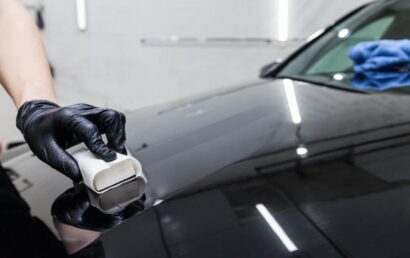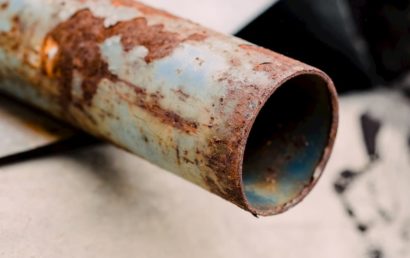How To Prevent Stainless-Steel Fasteners From Galling?
When metal surfaces come into sliding contact with one another, it causes wear. This type of wear is referred to as galling. To hold the moving parts of production equipment together, hundreds of stainless-steel fasteners and bolts are typically used. Disastrous effects can potentially result when galled fasteners suffer fatigue breakage or when they seize.
Stainless steel fastener galling resistance is necessary to help combat these problems. Without it, a serious threat will be posed by galling where the following are concerned:
- Safety and quality of crucial machinery
- Quality and safety of production equipment
- Safety and quality of expensive machinery
This problem should be studied, and appropriate measures taken, by the following individuals of a business:
- Procurement staff
- Staff in operations
- Executive management staff
Which Industries Need To Prevent Galling?
Catastrophic failures are one risk if galling is not prevented. Industries where stainless steel fasteners are used and galling ends up presenting a problem, include (but are not limited to) the following:
- General engineering
- Construction
- Pulp and paper
- Defense
- Energy
- Chemical processing
- Oil and gas
- Automotive
- Marine
By choosing the right protective coating and quality, premium stainless-steel fasteners, even in the most challenging of applications, galling can be overcome.
Galling Resistance Provides Great Benefits
The following general benefits can be realized through the prevention of galling:
- Cost effectiveness increases – Down the line, you’ll save money if, from the very start, you use high-quality, premium fasteners. Compared to the cost of replacement and repair, the extra bit of money you will pay for premium fasteners pales.
- Safety and security increase – Depending on the application, the result of fastener breakage or malfunctions can be dangerous – even potentially disastrous! Imagine the implications of a building, vessel, or vehicle being weakened unexpectedly.
- Fewer production disturbances, including stoppages, and the need for maintenance lessens – With very little downtime, thousands of operational hours are asked of today’s production machines and equipment. In terms of lost operational revenues and repair, downtime is costly.
A&A Coatings Has the Answer To Your Galling Issues
To improve galling resistance, one of the best options is with chromium deposits. Applied directly to the substrate, these materials can save money down the road. They can be applied within a 0.003 to 0.5 mm thickness range, but application ranges seldom exceed 0.003 mm if they are used as decorative coatings.
Are your stainless-steel components subjected to high temperature applications and/or high-pressure applications on a regular basis? If so, these applications will not coincide with electro deposited chromium coatings. That’s because, cracking and galling will result due to a reduction in the coating’s hardness. Rather, consider contacting A&A Coatings for HVOF chromium carbide coatings.
What about nitriding? This option has a very limited scope because the stainless steel’s surface corrosion resistance may be reduced. The reason for this is, where chromium nitrites are formed, at the surface, chromium is depleted. Inter-granular corrosion is another risk. Nitriding coating procedures also will not benefit austenitic stainless steels. For martensitic stainless steels and precipitation hardening stainless steels, however, nitriding produces good results. Contact us today to find out how A&A Coatings can help solve your stainless-steel fastener galling issues



